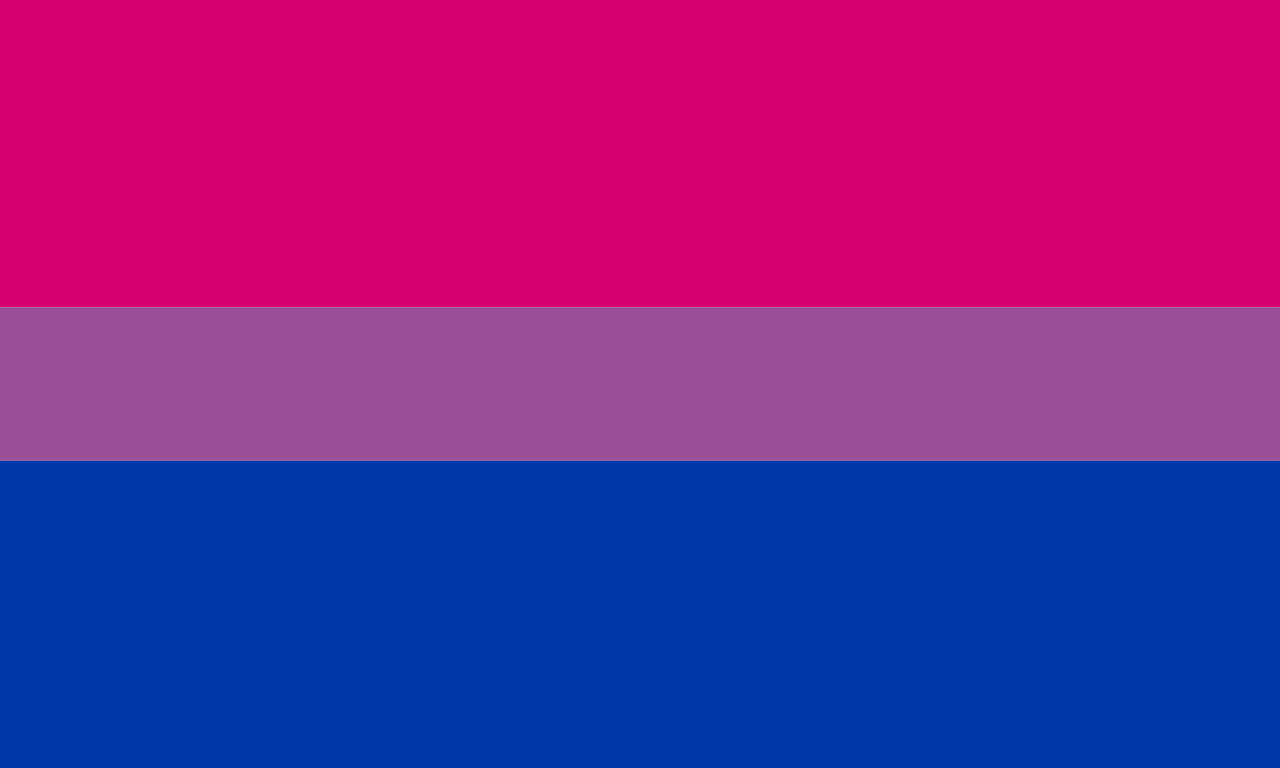Bisexuality Visibility Day (23 September)
What are the origins of Bisexuality Visibility Day?
Bisexuality Visibility Day is celebrated on the 23rd of September every year. The day is celebrated as part of Bisexuality Awareness Week, which aims to shine a light on bisexual identities and the cultural acceptance of bisexual people within society. Bisexual Pride Day was first developed by a US bisexuality organisation called BiNet USA, founded in 1990 following the first bisexual conference in San Francisco. Later came Bisexual Awareness Week, which is actively supported globally and then Bisexual Visibility Day. BiNet USA held its first event in San Francisco in 1990 and declared June 23rd as Bisexual Pride Day, also referred to sometimes as ‘Celebrate Bisexuality Day.
What is bisexuality, and what does it mean?
Bisexuality is used to refer to describe a person who is attracted to more than one gender. The attraction can be sexual, emotional, or romantic. There is a spectrum of bisexuality identities, and a common myth is that a bisexual person is equally attracted to both genders. Worth noting that is routinely not the case! There are many different degrees to which people experience bisexuality, and it is important to think broadly when we ‘think’ sexual orientation. Bisexuality can also be used in the context of romantic and sexual orientation regardless of sex, or gender identity, which is called pansexuality.
Why is Bisexual Visibility Day important?
Bi-erasure is the phenomenon of erasing bisexual identities on the basis of being confused about one’s sexual orientation. The means that bisexual people are commonly portrayed as confused about whether they are gay, straight, or lesbian.
- 32% of bisexual people are not open about their sexual orientation to anyone in their family, compared to 8% of gay men and women.
- 30% of bisexual men and 8% of bisexual women say they are not open about their sexual orientation with any of their friends, compared to 2% cent of gay men and 1% cent of lesbians.
Questions to ask
- Visibility: Does my organisation and/or LGBT+ network shine a light on bisexual identities?
- Awareness: Does my organisation, and, or, LGBT+ network, provide awareness-building education and initiatives for colleagues that cover the identities of bisexual people (and those under the bisexual umbrella)?
- Role Models: Does my organisation and/or LGBT+ network have specific and visible bisexual role models?
- Data: Is my organisation explicitly justifying the benefit of capturing, monitoring and reporting on diversity data that acknowledges bisexual identities?
If you would like further information, please get in touch at: info@lgbtgreat.com.


